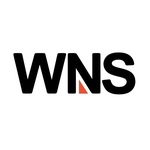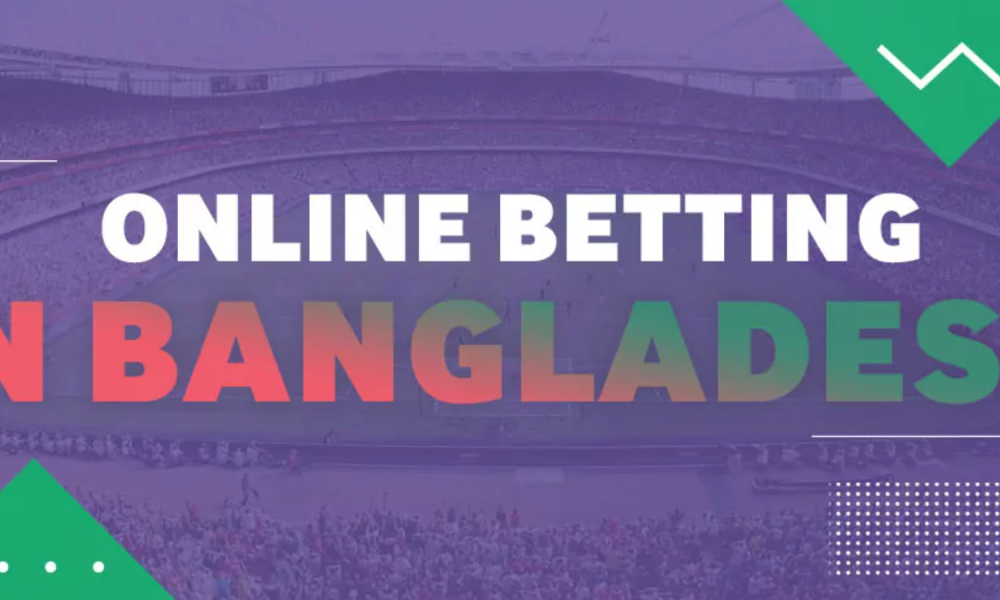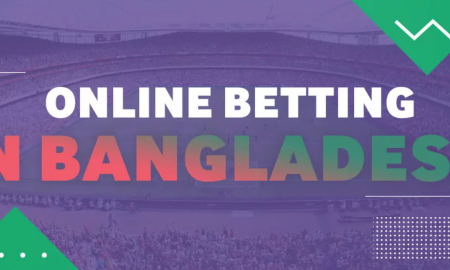DUBLIN--(BUSINESS WIRE)--The "Indonesia Air Conditioners Market, By Product Type (Splits, Windows, VRF, Chillers, and Other includes Cassette, Ductable Splits, etc.), By End Use Sector (Commercial/Industrial and Residential), By Region, Competition, Forecast & Opportunities, 2015-2027F" report has been added to ResearchAndMarkets.com's offering.
Indonesia air conditioner market is expected to reach USD1,873.74 million by 2027 and grow at a CAGR of 4.30% during the forecast period, owing to the increasing demand from the residential sector, rising per capita income, a surge in sales through online platforms, etc.
During the COVID-19 pandemic, the manufacturing as well as the production of air conditioners was majorly affected. Due to the lockdown in the country, both demand as well as supply of the air-conditioners were negatively impacted due to the halt in the production activity, which further had a negative impact on the overall market growth for a short period of time. Also, as the Indonesian air conditioner market is import-driven thus, COVID-19 restrictions led to a decrease in the sales of air conditioners in Indonesia.
Furthermore, many air conditioning companies are focusing on expanding their manufacturing units to enhance their services and target larger consumer base in Indonesia. For instance, in 2021, Daikin established its newest office in Indonesia in Batam. With the launch of this office, Daikin currently has 13 official representative offices dispersed throughout Indonesian cities. Similarly, Sharp announced its plans to construct a new air conditioner manufacturing unit in Karawang Province's Karawang International Industrial City (KIIC).
Changing Lifestyle of Consumers Driving the Market Growth Forward
The lifestyle of consumer is influenced by several sociocultural, psychographic, and demographic factors. Indonesia has undergone a substantial transformation in recent years. The modern Indonesian consumer strives to live a comfortable and opulent life. The middle class's demand for air conditioners in Indonesia is expected to rise during the projection period because of changing consumer lifestyles and the country's hot and humid climate for most of the year, as well as the rapid growth of the service sector and per capita income.
Rising Standards of Livelihoods is Fueling the Market Growth
The demand for air conditioners in the Indonesian market is influenced by the rising income level, improved living standards, and expanding range of offers and discounts. Additionally, to make their products more accessible to customers of all income levels, air conditioning businesses are now offering their product as well as services in equated monthly installments (EMI). These elements are anticipated to have an impact on Indonesia's rising air conditioner sales. In addition, Indonesia's internet penetration rate is rising, with 73.7% of people having access as of January 2021. Due to this, air conditioner companies now have new e-commerce platforms through which they can easily connect with their customers. The internet sales channel has allowed companies to grow their distribution networks and connect with customers in even the most remote areas, which has helped the Indonesian air conditioners industry grow.
Energy Efficient Offering by Companies is Boosting the Market Growth
Manufacturers are working on product innovation and launching new products to meet the demand for energy savings. Companies such as LG have introduced the AC New Hercules by LG, which provides a greater cooling capacity than other air conditioning products. The air conditioner's original 1/2 PK offering has a 5,000 BTU (British thermal unit) capacity and only consumes 370 watts of power. Furthermore, government regulations on refrigerants require businesses to create eco-friendly and energy-efficient devices. Due to the phase-out of important refrigerants, the market has seen several technological advancements. In the coming years, CFCs (Chlorofluorocarbon), the most used refrigerants, will be entirely replaced by alternative refrigerants. Such factors are expected to drive growth in the Indonesian air conditioners market in the coming years.
Report Scope:
In this report, Indonesia air conditioners market has been segmented into following categories, in addition to the industry trends which have also been detailed below:
Indonesia Air Conditioners Market, By Product Type:
- Split
- Window
- VRF
- Chiller
- Others (Cassette, Ductable Splits, etc.)
Indonesia Air Conditioners Market, By End Use Sector:
- Residential
- Commercial/Industrial
Indonesia Air Conditioners Market, By Region:
- Java
- Jakarta
- Sumatra
- Kalimantan
- Bali
- Rest of Indonesia
Key Topics Covered:
1. Product Overview
2. Research Methodology
3. Executive Summary
4. Impact of COVID-19 on Indonesia Air Conditioners Market
5. Voice of Customer
6. Indonesia Air Conditioners Market Outlook
7. Indonesia Split Air Conditioners Market Outlook
8. Indonesia VRF Air Conditioner Market Outlook
9. Indonesia Window Air Conditioners Market Outlook
10. Indonesia Chiller Air Conditioners Market Outlook
11. Market Dynamics
12. Market Trends and Developments
13. Import and Export Analysis
14. Policy & Regulatory Landscape
15. Indonesia Economic Profile
16. Competitive Landscape
17. Strategic Recommendations
Companies Mentioned
- PT. Daikin Air Conditioning Indonesia
- PT. LG Electronics Indonesia
- PT. Panasonic Gobel Indonesia
- PT Gree Electric Appliances Indonesia
- PT Mitsubishi Electric Indonesia
- PT Samsung Electronics Indonesia
- PT. Sharp Electronics Indonesia
- PT. Berca Carrier Indonesia
- PT Johnson Controls Hitachi Air Conditioning Indonesia
- PT. Trane Indonesia
For more information about this report visit https://www.researchandmarkets.com/r/6s99n1
Contacts
ResearchAndMarkets.com
Laura Wood, Senior Press Manager
press@researchandmarkets.com
For E.S.T Office Hours Call 1-917-300-0470
For U.S./ CAN Toll Free Call 1-800-526-8630
For GMT Office Hours Call +353-1-416-8900











